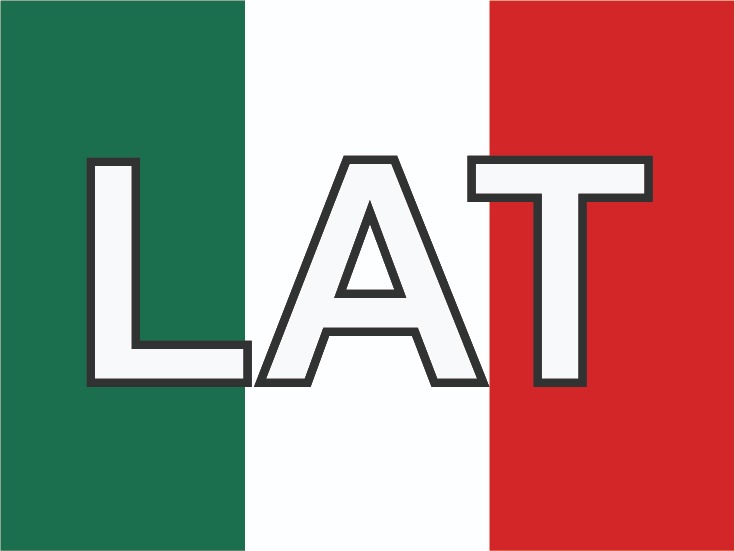Calcium and linoleic acid supplements in the prevention of pre-eclampsia.
Abstract
Alzate et al.1, conducted a nested case-control study to (quote) “estimate the protective effect from calcium [supplement] alone [CC], compared to calcium plus conjugated linoleic acid [CC+CLA] in nulliparous women at risk of preeclampsia”. Based on a crude analysis of the data in Table 3,1 they concluded that neither CC nor CC+CLA reduced the risk of preeclampsia in the whole sample, but that CC+CLA significantly decreased risk among women 13-18 years old. A quick look analysis of the data in this table shows this conclusion is mostly based on the fact that none of the cases in 13-18 year old women was treated with CC+CLA. Contrary to the authors’ interpretation, this does not point to a protective effect of CC+CLA, it simply indicates that the assumption of positivity has being violated and, consequently, that an effect for this age group cannot be estimated2. In fact, the probability of getting no treated cases in this age-group was 28%, since only 15.5% of all women received CC+CLA. Also, accurate estimates of effect in women 34-45 years old were not possible, because there were only seven women who used CC+CLA in this age group. In spite of the limited sample size, the authors restricted their attention to the apparent protective effect of CC+CLA in 13-19 year old women, while ignoring apparent harmful effects in older women. I estimated age-specific rate ratios (RR) by fitting a saturated conditional complementary log-log3 to the data in Table 3 and found that CC+CLA was protective among women 13-19 (RR= 0.61, 95% CI: 0.41- 0.90), but harmful in women 19-34 (RR= 1.74, 95% CI: 1.21- 2.50) and 35-45 years old (RR= 4.98, 95% CI= 1.74-14.30). Of course, this approach is an improvement over a naive crude analysis, but does not solve the problem of violation and near violation of positivity described above. An overall age-adjusted RR was 1.02 (95% CI= 0.89-1.17; p= 0.756). Thus, this study provides no evidence of a beneficial effect of CC+CLA in preventing preeclampsia in any age group.Authors
Downloads
Keywords
- preeclampsia
- calcium supplements
- linoleic acic
- prevention
References
References
Alzate A, Herrera R, and Pineda LM (2015) Preeclampsia prevention: a case-control study nested in a cohort. Colombia Médica 46 (4):156-161
Petersen ML, Porter KE, Gruber S, Wang Y, and van der Laan MJ (2012) Diagnosing and responding to violations in the positivity assumption. Statistical Methods in Medical Research 21 (1):31-54
Martuzzi M and Elliott P (1998) Estimating the Incidence Rate Ratio in Cross-Sectional Studies Using a Simple Alternative to Logistic Regression. Annals of Epidemiology 8 (1):52-55
Danaei G, Rodríguez LAG, Cantero OFn, Logan R, and Hernán MA (2013) Observational data for comparative effectiveness research: An emulation of randomised trials of statins and primary prevention of coronary heart disease. Statistical Methods in Medical Research 22 (1):70-96
Villar J, Abdel-Aleem H, Merialdi M, Mathai M, Ali MM, Zavaleta N, Purwar M, Hofmeyr J, thi Nhu Ngoc N, Campódonico L, Landoulsi S, Carroli G, and Lindheimer M (2006) World Health Organization randomized trial of calcium supplementation among low calcium intake pregnant women. American Journal of Obstetrics and Gynecology 194 (3):639-649
Levine RJ, Hauth JC, Curet LB, Sibai BM, Catalano PM, Morris CD, DerSimonian R, Esterlitz JR, Raymond EG, Bild DE, Clemens JD, Cutler JA, Ewell MG, Friedman SA, Goldenberg RL, Jacobson SL, Joffe GM, Klebanoff MA, and Petrulis AS (1997) Trial of Calcium to Prevent Preeclampsia. New England Journal of Medicine 337 (2):69-77
Firoz T, Sanghvi H, Merialdi M, and von Dadelszen P (2011) Pre-eclampsia in low and middle income countries. Best Practice & Research Clinical Obstetrics & Gynaecology 25 (4):537-548
Nickerson RS (1998) Confirmation bias: A ubiquitous phenomenon in many guises. Review of general psychology 2 (2):175-220
Feynman, R. Some remarks on science, pseudoscience, and learning how to not fool yourself. Caltech's 1974 commencement address. Accessed at http://calteches.library.caltech.edu/51/2/CargoCult.htm on 2-22-2016.
The copy rights of the articles published in Colombia Médica belong to the Universidad del Valle. The contents of the articles that appear in the Journal are exclusively the responsibility of the authors and do not necessarily reflect the opinions of the Editorial Committee of the Journal. It is allowed to reproduce the material published in Colombia Médica without prior authorization for non-commercial use




















